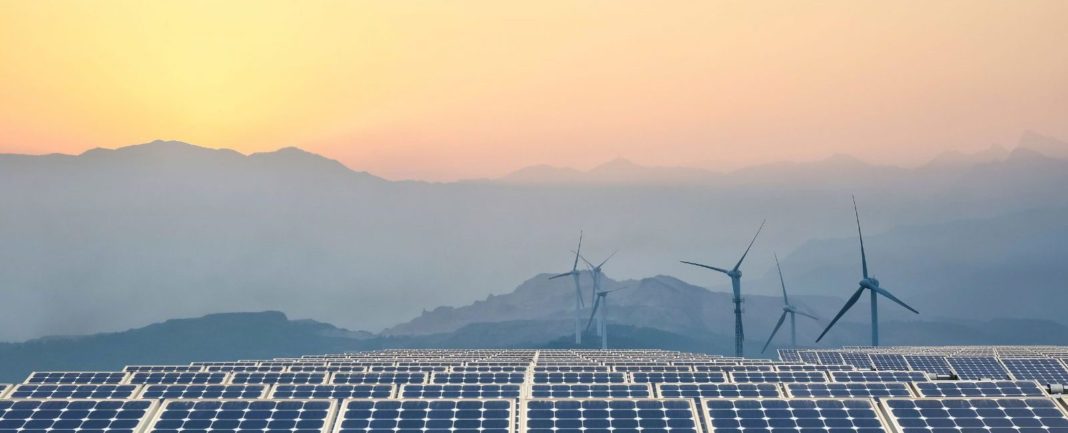For a decade or more, even as renewables have gained market share within the US power grid, accelerated progress toward a lower-carbon grid has been held up by two dominant–but outdated–narratives. First, utilities and others have long argued that renewables, in particular wind and solar, are costly compared to fossil fuel resources, and if adopted at scale would lead to increased customer costs. Second, grid operators have contended that wind and solar cannot contribute at scale to the reliable operation of the grid, due to their weather-dependent output.
A new study released this week, using the most up-to-date data on renewables costs and industry-standard modeling tools to assess system reliability, has thoroughly debunked both of these outdated and inaccurate narratives. In the report, researchers at the University of California-Berkeley and GridLab find that 90 percent of US electricity can be supplied by carbon-free sources (mostly new wind and solar, but also including existing hydro and nuclear) by 2035, while maintaining system reliability and decreasing consumer costs compared to today’s system. This “2035 report” is only the latest addition to the growing mountain of evidence that clean energy is the least-cost, least-risk choice for new investment in the US grid. But the work also breaks new ground in several areas, and contributes new insights and actionable strategies for utilities, regulators, policymakers, and other stakeholders. Three aspects of the study deserve particular attention from utilities and stakeholders planning the transition to a decarbonized grid:
- A focus on near-term opportunities avoids “missing the trees for the forest” Much ink has been spilled in the utility industry on the feasibility of “100 percent clean” electricity grids, with 2050 being a common deadline to achieve this […]

